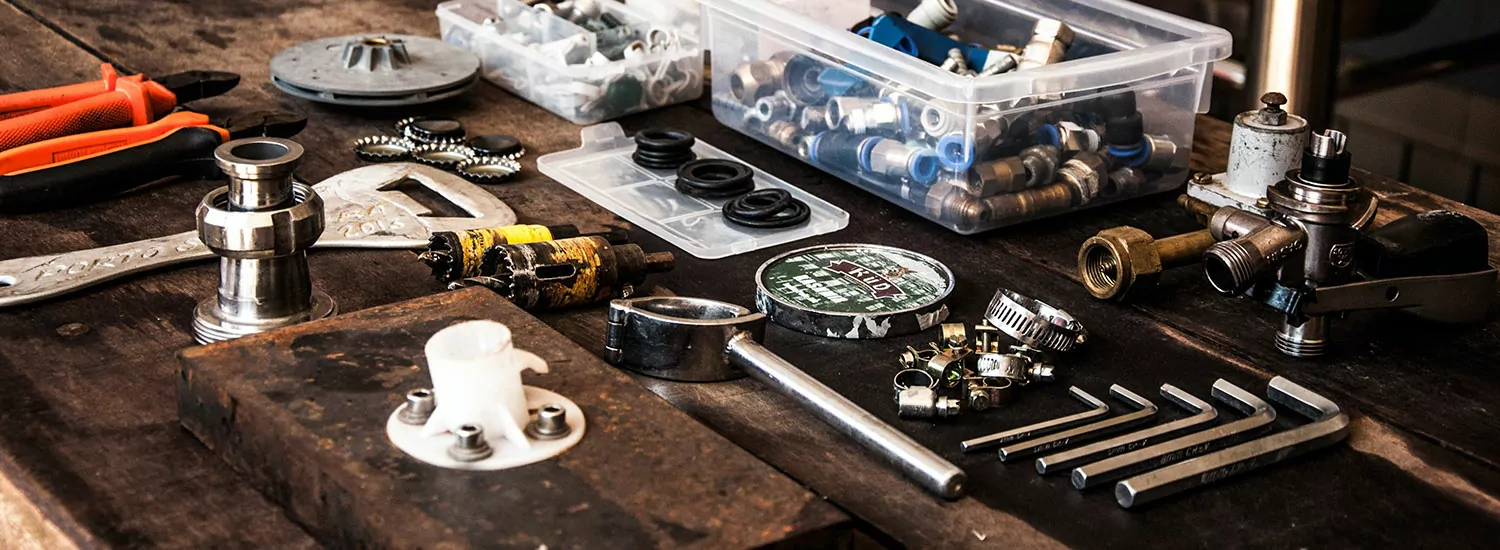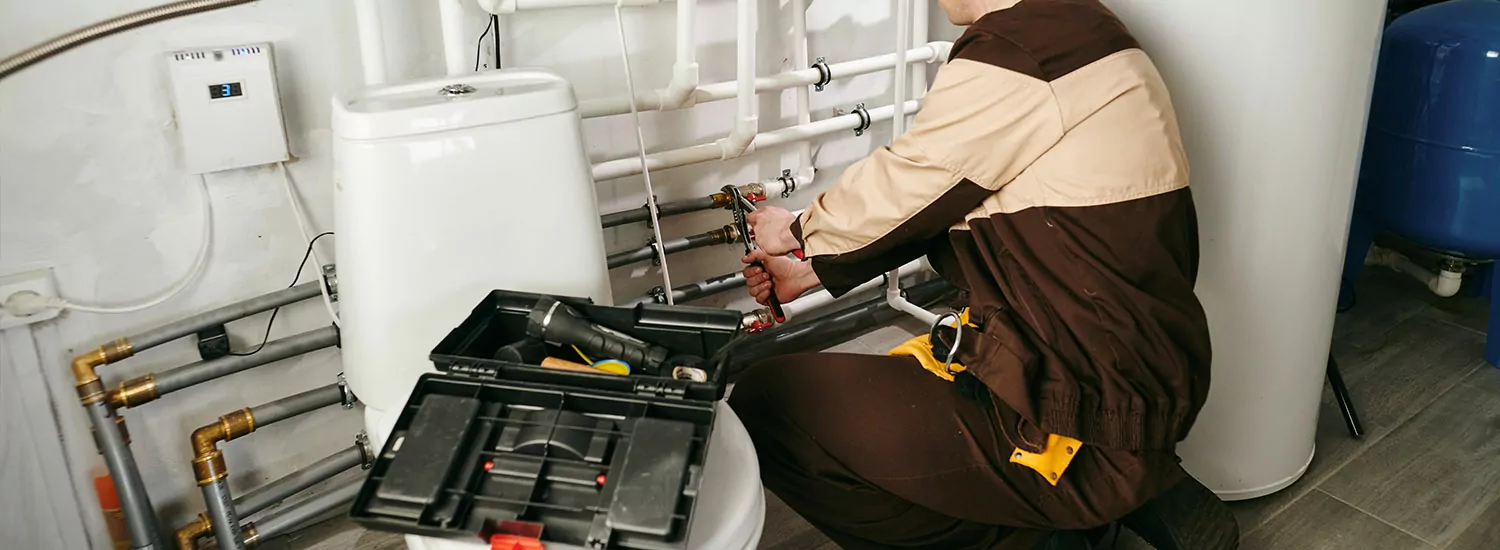
Untangling the Pipes: Common Plumbing Problems in Old Houses
Table of Contents
Let’s talk about the common plumbing problems in old houses. Have you ever moved into an old house and thought, “It’s got character!”? That character, more often than not, comes with a set of unique challenges – especially in the plumbing department. Let’s dive into the riveting world of old pipes, rusty fixtures, and surprise leaks!
9 Common Plumbing Problems in Old Houses and how to fix them

Old houses are charming, there’s no doubt about it. But, they often come with a legacy of plumbing quirks. Here are the 7 most common plumbing problems in old houses you might face:
Galvanized Pipes:
Historically, galvanized pipes were the choice du jour. However, as the years have gone by, these pipes are known to corrode and rust. The result? Reduced water flow and potential leaks. The irony here is that the very protective zinc layer used to prevent rusting ends up causing the interior corrosion, restricting the water flow over time.
Fix: Consider replacing galvanized pipes with more durable materials like copper or PEX to improve water flow and reduce the risk of leaks.
Outdated Fixtures:
An old-fashioned tap might evoke a sense of nostalgia, but it can also be a cause for concern. Outdated fixtures often have wear and tear that leads to inefficiencies and persistent drips. If you’re hearing a faucet screeching or witnessing a constant drip, it’s time to bid that old fixture goodbye.
Fix: Modernize your fixtures. New faucets and showerheads can improve efficiency and water conservation.
Sewer Line Trouble:
In the days before PVC reigned supreme, homes were fitted with sewer lines made of terracotta or cast iron. While they might sound robust, these materials are susceptible to breakage. Tree roots, in particular, are notorious for making their way into these lines, causing blockages and potential backups.
Fix: Periodic sewer line inspections and cleaning can help. If degradation is extensive, consider replacing it with PVC.
Inadequate Water Pressure:
A lackluster stream from a shower or faucet usually indicates a case of low water pressure. This common old home issue can be traced back to mineral buildup or old corroded pipes. It’s a wake-up call when the morning shower feels more like a drizzle than a downpour.
Fix: Install a water softener to combat mineral buildup. Consider repiping if corrosion is widespread.
Lead Pipes:
Here’s a health red flag. Some vintage homes may have lead pipes or lead soldering, which, with time, can release lead into the water. Consuming such water poses significant health risks, especially for children. These pipes were popular due to their malleability but, unfortunately, their legacy is far from benign.
Fix: Immediately replace any lead piping. Use certified filters to reduce lead intake while arranging for a complete replacement.
Drainage Woes:
When a sink is draining at a snail’s pace or the toilet sounds like it’s gurgling a tune, it’s often a sign of drainage issues. Poorly vented drainage systems are the culprits here. Not only are they less efficient, but they can also lead to bad odors permeating the home.
Fix: Regular drain cleaning can help. For persistent issues, consult a plumber about venting solutions.
Faulty Valve Systems:
An outdated or corroded main shut-off valve might seem harmless until an emergency strikes. Imagine a burst pipe, and the main valve refuses to cooperate. Not being able to halt the water supply during such emergencies can result in extensive water damage.
Fix: Regularly test your main shut-off valve and replace it if it’s not functioning correctly.
Polybutylene Piping:
Polybutylene pipes were once seen as the future of plumbing; however, they soon revealed to have serious shortcomings. Although these inexpensive pipes were easy to install, their insides deteriorate over time causing costly water damage when they suddenly burst.
Unfortunately many homeowners remain unaware of this hazard until a sudden burst occurs which often requires costly water remediation efforts to fix.
Fix: Replacement is the best solution. Consult with a plumber to transition to more reliable piping materials.
Poor Repair Jobs:
The handiwork of past DIY enthusiasts can sometimes rear its ugly head. Perhaps it was a quick fix or a mismatched pipe installation; either way, these subpar repair jobs often lead to more extensive problems down the road. It’s always a revelation when one discovers a patchwork of materials and methods behind the walls.
Fix: Engage a licensed plumber to review and correct past repair jobs. Ensuring a professional touch can prevent future mishaps.
Being aware of these potential issues can be your saving grace when navigating the world of old-home ownership. While these homes are undeniably charming, their plumbing can sometimes test your patience. Always have a trusted plumber on speed dial!
Hire a Professional Plumber

If you own an old house and find yourself experiencing any of these issues, don’t be a hero! Though some minor fixes can be completed yourself, for the safety and long-term cost effectiveness of both parties it’s always wiser (and often less costly) to hire professional plumbers who know how to navigate quirks in old houses to ensure that “character” does not become an inconvenience.
Remember, while old houses may offer charm, they also bring their share of challenges. Stay alert, pay attention for signs, and when in doubt contact professionals; because the last thing you want is for your beloved vintage home to turn into an unlivable soggy mess.
FAQs on Plumbing Concerns in Old Houses
What is the most common plumbing problem?
The most prevalent plumbing issue is usually a dripping faucet. Over time, washers inside of it may become worn out or damaged leading to minor leaks that waste water and drive up utility costs if left unchecked. For a more detailed list, check out “A Comprehensive Guide to Common Plumbing Problems and Solutions.
What is the most common plumbing item to fail in a residential home?
Toilet components, particularly the flapper, often break down. A malfunctioning flapper can lead to continuous use, wasting large quantities of water while creating significant noise disruptions.
What is the life expectancy of plumbing in a house?
The lifespan of plumbing depends heavily on its materials used. Galvanized steel pipes – often found in older homes – may last 20-50 years while copper and PVC pipes typically last between 50-70 years in optimal conditions.
How do you know if pipes need to be replaced?
Signs that pipes may require replacement include visible corrosion, discolored or unusual-tasting water, reduced water pressure and frequent leaks. Regular inspection and monitoring for such symptoms will allow homeowners to take timely action when necessary.